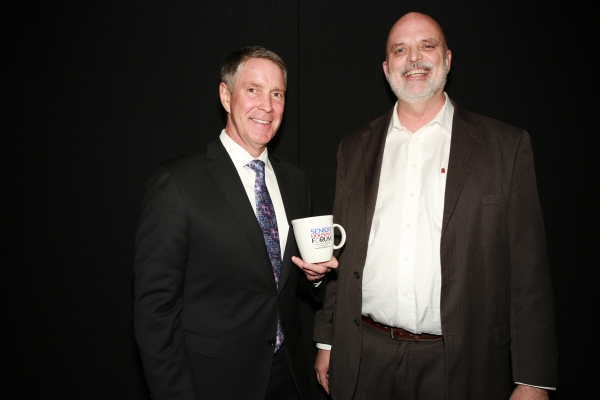There are reasons to be hopeful that we can remake the US healthcare system in a way that will provide great care a control costs.
I don’t very much like thinking about the United States Healthcare System. It consumes a remarkable 18% of the GDP and, with the aging population, it will likely get much worse. Very rarely though, I will read something or hear a presentation that makes me think it is possible for this great nation to solve the problem. The keynote speaker at Marcus Evans Long-Term Care CXO summit last week was Bill Frist, a physician and former Senate Majority Leader. His presentation inspired me to believe there is hope for this ailing system . . . that it is possible for us to find creative solutions that will allow us to maintain what is arguably the best health system in the world and not bankrupt the nation. He talked about 5 trends in healthcare:
1. Growth in Government Sponsored/Controlled Healthcare – By 2017 there will be 30 million new enrollees in the healthcare exchanges and Medicaid. It is likely that, as the exchanges grow and solidify, more employers will opt to push employees into the exchanges.
2. Healthcare Consumers Will Become More Responsible – In order to control or reduce costs, deductibles and out-of-pocket costs are going up. One of the “sticker shocks” coming out of Obama Care is the high out-of-pocket costs that will be the responsibility of the participants. In the short-run this will be a painful reality, but it has the potential to be a good thing for the system. Consumers will need to become more value conscious in making healthcare decisions. It is a case of curious irony that, while Republicans have been pushing conceptually for consumers to be more value conscious, Obamacare may make it happen.
3. Value Based Care Delivery – We are already seeing an increased focus on outcomes, largely propelled by the hospital readmission penalties, but it is much broader. We are close to seeing the end of fee-for-service regardless of outcomes. Hospitals and physicians who do not deliver great outcomes should not receive the same compensation as those that do deliver great outcomes. The current system rewards the opposite: the more care required, the more income for the provider. For example: While a sensitive topic for skilled nursing providers, there is good evidence that when value delivery tactics are employed, rehabilitation stays are shorter and outcomes are equal or better than when Medicare is milked for maximum revenue.
4. A move Toward a Locus of Care – This is Dr. Frist’s term, but really what this means is that we will begin to see a more holistic approach to care. We are moving away from the yoyo of someone who is close to end of life being bounced to the emergency department, then being admitted to the hospital followed by skilled nursing and then finally home again. Not only is it expensive but the often multiple moves are detrimental to the patient. What would be much better is a home visit by a physician, Nurse Practitioner or Physician’s Assistant supplemented by home based services. The traditional payment system has made this impossible, but this is changing.
5. Disruptive Technology – There are some really bright people who are looking at ways to radically alter how healthcare is being delivered. They are working on ways to make expensive procedures and tests much less expensive. He pointed specifically to Theranos, a company that claims to be able to do well over 1,000 blood tests with a tiny fraction of the amount of blood traditionally used and at a cost that will be at least 50% less. Every one of these trends fall in the wait and see category but, at least for me, they represent light at the end of the tunnel. Steve Moran
If you like this article (or even if you don’t) it would be a great honor to have you subscribe to our mailing list HERE.








